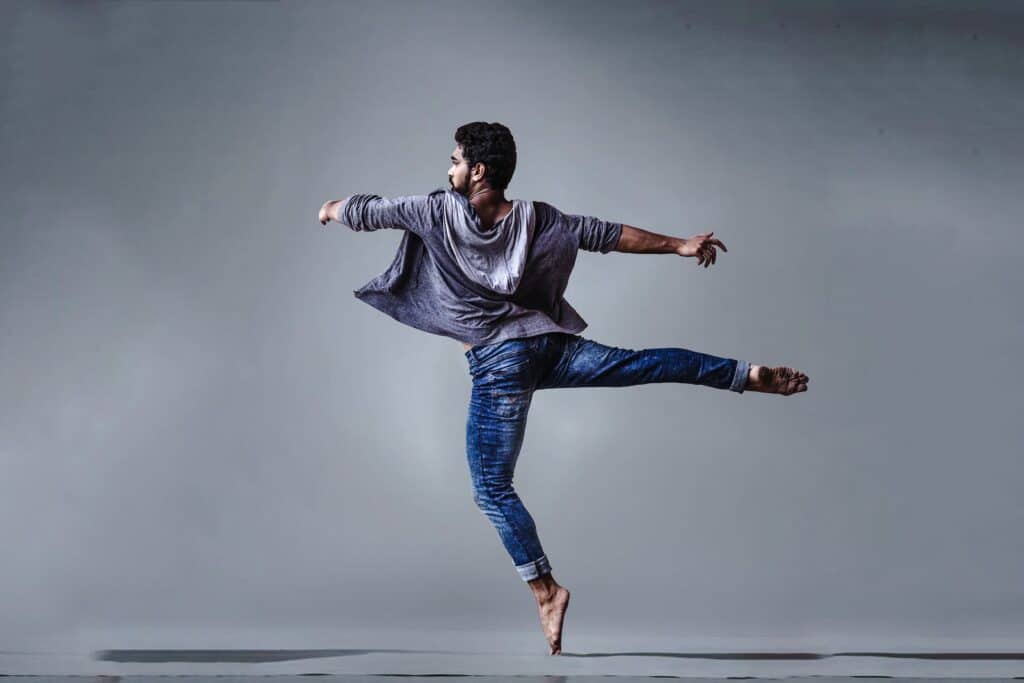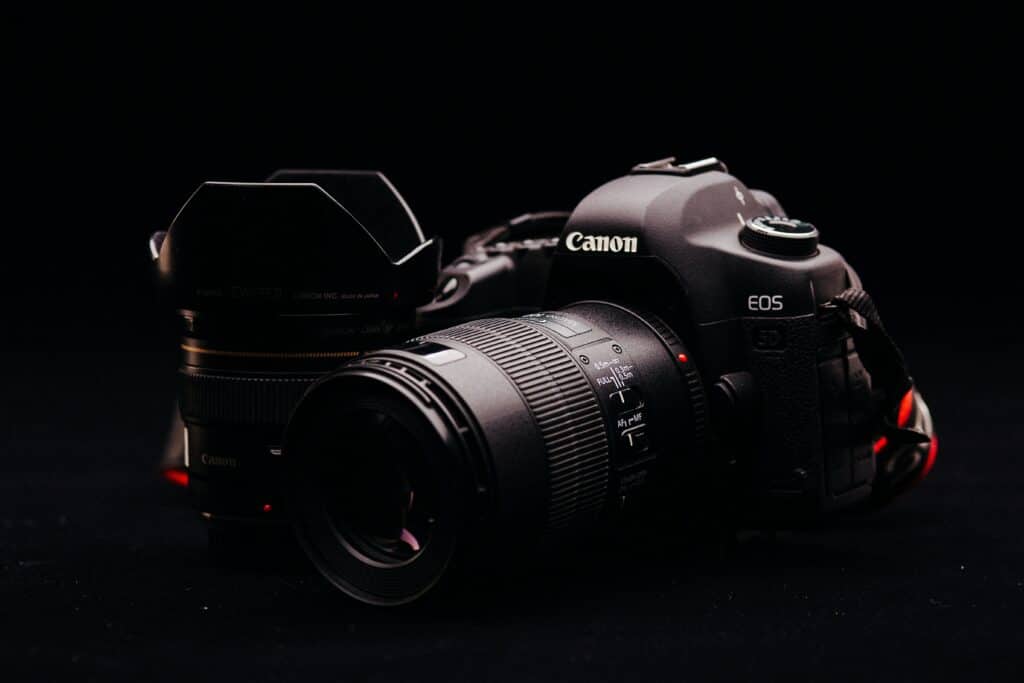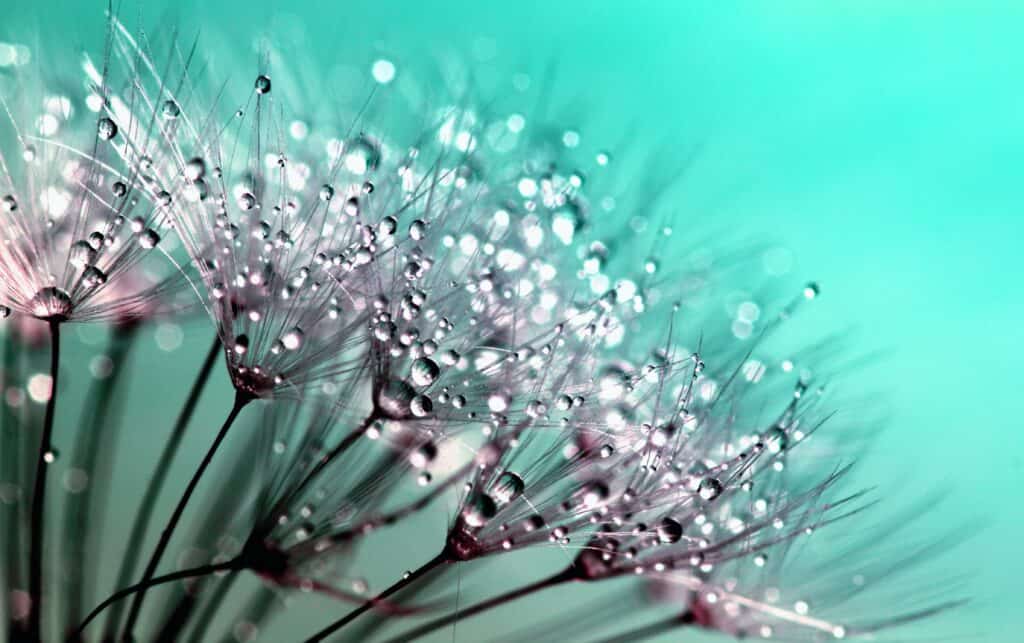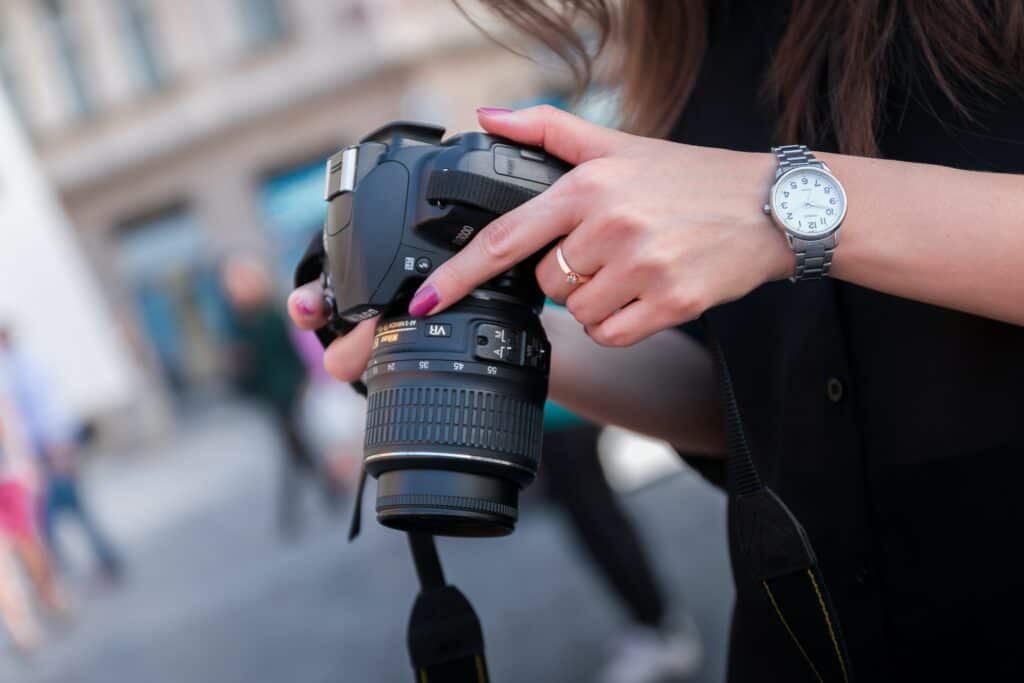There are two different methods of achieving focus in an image, by hand or allowing an electronic motor to do the work for you.
Although it sounds like the electronic motor is a better choice, sometimes doing things by hand is better. Let’s explore the concepts of manual focus and autofocus!
What is Focus and How is it Achieved?

Focus is the process of achieving sharpness in an image. When something in a photograph is in focus, it’s the sharpest and clearest part of your entire image. Focus requires moving various lens elements until sharpness and clarity are achieved.
How focus works on a technical scale is very complicated and, truth to be told, isn’t very useful knowledge for a photographer. What photographers do need to know about focus is how to ensure you lock focus on the right subject.
When you focus your camera on a subject, it establishes a focal plane. It has to be on the focal plane to get your subject in focus. Focal planes are imaginary horizontal or vertical lines. Anything that stands on the imaginary line will be in focus, and anything not on the line will be out of focus. This is how focusing works!
Now, ensuring your subject is on the focus line can be achieved manually, with manual focus, or with the help of your camera with autofocus.
Manual Focus
As the name implies, manual focus is when you lock on to a subject by hand. You find focus by turning the focus barrel ring until the subject is nice and clear in your viewfinder or LCD screen. This is because the angle of two internal mirrors is adjusted as you turn the barrel ring. Your subject is in focus when the two images these mirrors create line up.

Manual focus can be a learning curve as you adjust the focus ring while simultaneously supporting the lens (with the same hand doing both, as your other hand will be preoccupied with holding the camera body).
You usually have to adjust focus in smaller movements and increments to ensure it is just right, as a big spin to the focus ring can cause you to lose your subject entirely. Because of these small movements, it can be difficult to see if your focus is locked sharply at first. This is something you learn to see over time!

Manual focus allows the complete user control over the focus, which puts photography right into your hands rather than the hands of a computer program. This is excellent for photographing details or shooting in low light. However, because you’re making all of the focus adjustments by hand, you will likely struggle to capture action solely due to the logistics of it – you may not be able to adjust focus fast enough.
A trick to getting great at manual focus is prefocusing on the area your subject will be in, which helps you snap the perfect shot speedily.
Pros
- Complete control over the focus and where it lands.
- Ability to focus in difficult lighting situations, such as nighttime.
- Lenses that are only manual focus are very inexpensive.
- It will build your confidence as a photographer if you can capture focus accurately by hand.
Cons
- A big learning curve to using manual focus. You have to train your eye.
- It can cause confidence loss when unable to capture sharp focus.
- Slow to do things by hand, so action photography is generally out of the question.
- You cannot turn a manual focus lens into an automatic lens.
- You will be checking your camera screen constantly to ensure focus.
Auto Focus
As mentioned above, two mirrors live inside the camera, and when their image aligns, the focus is granted. Now, instead of your fingers having to finagle these mirrors back and forth until the image fits perfectly, the camera does this for you using its sensors.
The sensor compares the information from both mirror reflections and determines at what point the images line up. The mirror angles are then adjusted to ensure focus. This happens internally and very quickly, without your prompting.

Autofocus makes photography significantly easier than manual focus and helps capture fast-moving subjects! However, in some conditions, autofocus may be to your detriment because the sensor cannot accurately determine where the subject is. This causes the lens to ‘hunt’ or move in and out, searching for focus and not finding it. This happens with cameras that aren’t very adept at low light or subjects that lack contrast with their surroundings.
The more expensive the camera, the better the autofocus – so this is something to keep in mind when buying equipment.
Pros
- Automatic and doesn’t require your effort!
- Fast, definitely fast enough to capture action shots.
- You can usually be confident in its accuracy for many subjects.
- Fantastic for beginners.
- Autofocus lenses can be switched to manual focus with the flick of a button.
Cons
- There can be some focus lagging.
- There can be focus hunting with some difficult lighting situations.
- Not as always as precise as manual focus.
Autofocus Settings
In many newer cameras, autofocus has three modes: One-Shot, Continuous, and Automatic. These mode names differ by brand, such as, Continuous is known as AI Servo in Canon cameras, so please refer to your camera manual for clarification.
Your camera is defaulted to One-Shot right out of the box. One-Shot achieves automatic focus on your subject for only one image, best used when capturing still life or product photography.

Continuous Focus is when the camera’s focus keeps refocusing on the subject as it moves. This is great for action photography and is how sports photographers can capture sequences of movements! Continuous Focus can further be broken down into sensitivity or movement settings, such as in models like the Canon 7D and Canon 5D. In the continuous focus mode, you can tell that the subject is moving erratically in various directions or that there are obstacles to ignore.
Automatic Focus means that the camera will attempt to decide between One-Shot and Continuous as your focus mode based on your subject and how you use the camera. This mode is seldom used as it tends not to be accurate when picking out the focus mode.
These settings can all be adjusted either in the camera menu or on the display screen by clicking the ‘Q’ button and selecting focus mode.
Can You Switch Between Manual and Auto?

You can switch between manual focus and autofocus only on autofocus lenses! A switch at the lens barrel’s side will say MF on one side and AF on the other. Just move the slider to the mode that you wish to use. Just make sure you don’t accidentally switch to the wrong one.
You can also do this, on some camera models, with a button on the actual camera body itself.
Which Should You Use and When?
What you should use depends on what you’re trying to capture.
Manual focus is best used for photographing low light scenes because oftentimes, the camera’s sensor will have a rough time finding the subject because of the limited light! Manual focus is also used to capture the night sky and starscapes because autofocus cannot focus to ‘infinity’ to capture those twinkling lights.

Landscape photographers also love manual focus as they can ensure the part of the scene they need is sharp. Macro photographers also adore manual focus because they can set the camera to capture the exact detail they desire.
Autofocus is fantastic for all of the other times! Autofocus is your main go-to when capturing action and fast-paced subjects, especially when you can adjust the tracking sensitivity. If you’re photographing handheld and have limited time, autofocus is an excellent choice to ensure your subject is in focus quickly. Autofocus is also great for beginners to get into photography.
